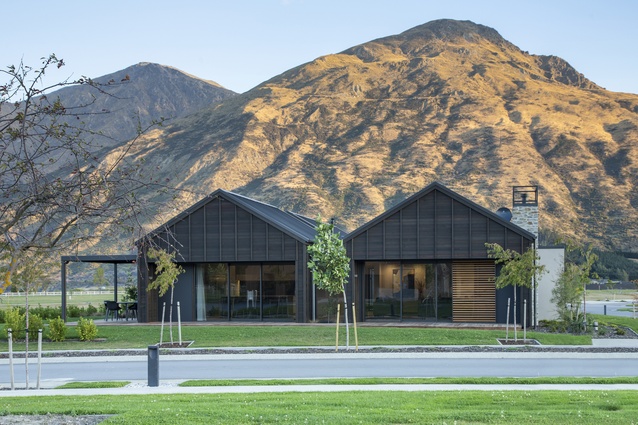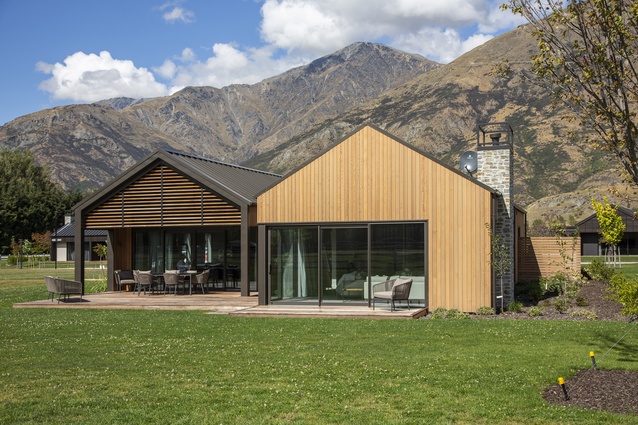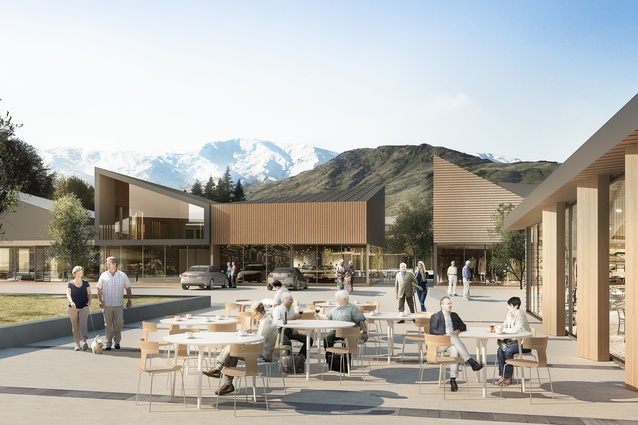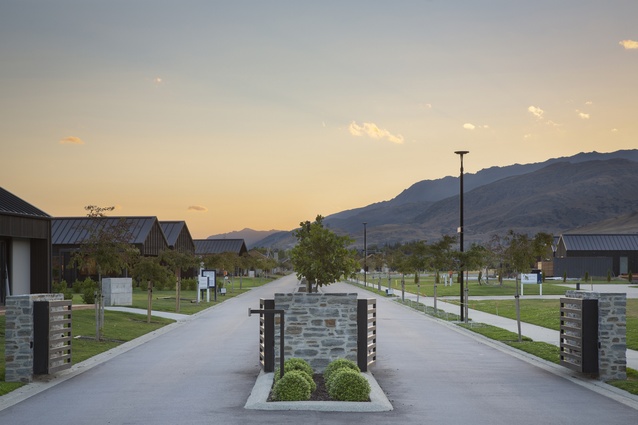Retirement living: Bold designs for a bright future
Warren and Mahoney’s Mat Brown explores how the retirement living sector faces major change and significant growth in coming years, with a number of factors coming together to place pressure on the way that new builds are conceived, designed and operated. Brown explains that some bold moves away from the traditional retirement design will need to be made to adapt to external forces and meet expectations as well as financial capabilities of future retirees in New Zealand.
We’re in the midst of a monumental shift in societal demographics. With an ageing population and the baby boomer generation reaching retirement age, the sheer increase in demand is set to cause unprecedented change to the retirement living sector.

But, change is coming to the industry from other directions, too. One of the biggest forces we’ll face in the twenty-first century is the ongoing shift of populations towards our city centres.
Many baby boomers have become accustomed to apartment living and may choose to stay there at retirement age, resulting in an increased need for vertical retirement options in our cities. The need for on-site amenity will likely reduce as a result – placing more reliance on, and increasing the demand for, the things that our urban centres should offer the elderly.
Access to large sites and the benefit of large floor plates, which are generally needed for traditional retirement options, will become increasingly difficult, resulting in a shift in the way we think about creating a cohesive community, and how we operate buildings.
Just as apartment developers have in the past, retirement villages will grapple with the issue of creating someone’s home, in which their residents feel a sense of individuality, ownership and community, while adopting multi-storey construction methods.
Buildings will not only become more bespoke – responding to the tighter constraints of individual sites – but also greener. Consumers’ perceptions and expectations of environmental sustainability will affect how we build our buildings, as well as occupy them. This is of heightened concern for a generation who are mindful of the challenges ahead for their grandchildren.
The tastes and attitudes of the baby boom generation will be a driver of change, too. They grew up with Led Zeppelin and The Rolling Stones, not Chubby Checker and Buddy Holly; they’re bolder and won’t settle for the dowdy status quo of brown sofas and beige walls.
Baby boomer retirees will be looking for contemporary and high-quality places to live. Their homes will need to meet their needs but also be financially viable, encouraging operators to explore ways of delivering the amenity, community, care and security that residents expect within a housing market which is strained to achieve affordability.
With all this change and external force, there comes plenty of opportunity for a positive and timely shift in the built environment for our elderly communities.
As Simon Bush King noted in a recent ArchitectureNow article, we at Warren and Mahoney have already seen a shift towards more community facing developments – with projects in different environments all over New Zealand taking a deliberate turn away from gated properties to open designs that encourage social connection.
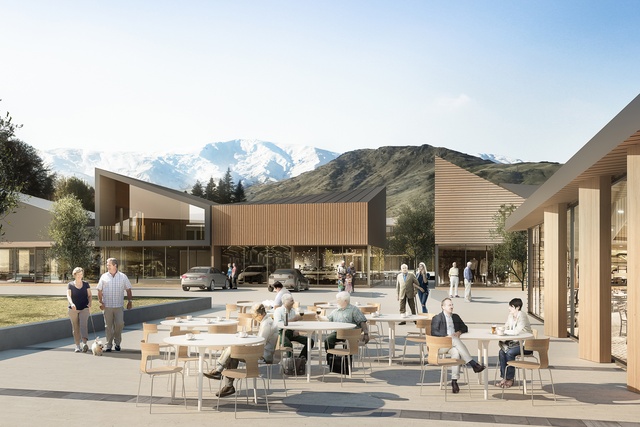
Queenstown Country Club, an alpine retirement resort in the idyllic Queenstown Lakes District, is one example of this shift, and the sector’s future. The village offers retail, healthcare, and childcare facilities on the periphery of its site, which will service the wider area and allow its residents to be part of a budding community ecosystem.
There is no doubt the pressures within the New Zealand retirement living industry will result in change, and there are some brave decisions to be made to shape how our seniors live in the future. Market expectations will change and new solutions will be required.
With increased demand, new providers will enter the market and a natural diversification of product will result, bringing alternative living and care solutions. Innovative providers will have the opportunity to capture new markets and provide more specific outcomes for their residents.
If we’re to achieve the economic and social potential of this change, design-led thinking will be needed to respond to a new and unique set of factors facing New Zealand’s aged care industry.
As architects, we have a real opportunity to help to drive change and ultimately make a positive impact on society and elderly New Zealanders – with bold ideas and even bolder designs as well as a close collaboration with developers and other thought leaders. Change is coming, and that change is going to demand new thinking.

